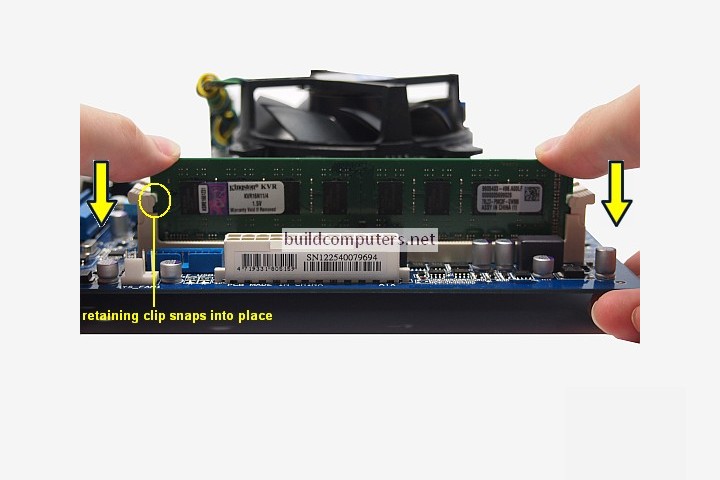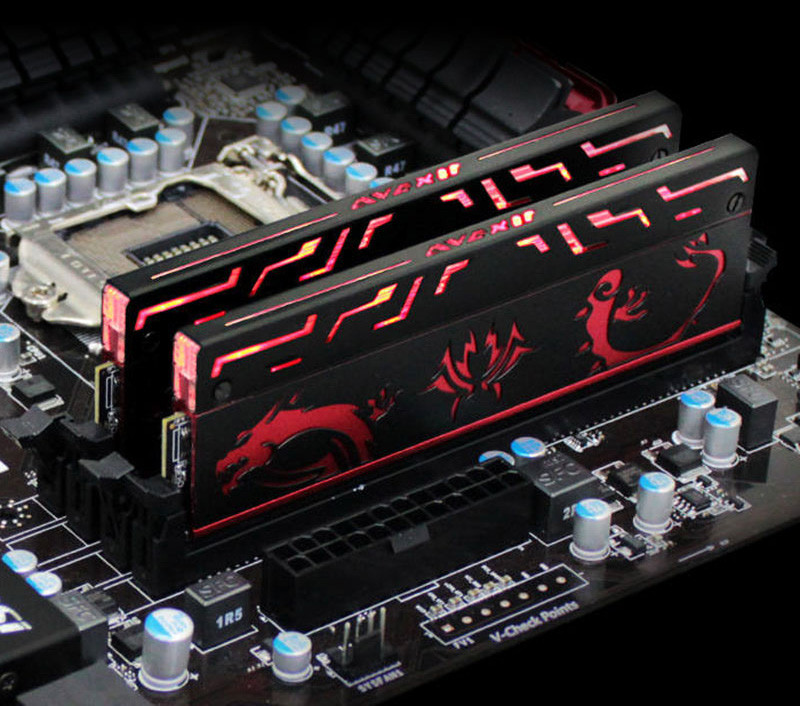

- #RAM PRESSURE COMPUTER MEMORY INSTALL#
- #RAM PRESSURE COMPUTER MEMORY PASSWORD#
- #RAM PRESSURE COMPUTER MEMORY MAC#
The tool will categorize your files and put them in neat little piles. All you need to do is right-click on your desktop and select Use Stack. Apple's built-in decluttering tool is good enough. You don't need to use third-party applications. If you have a lot of documents, photos, screenshots, and more stored on your desktop, it's time to clean them up. The more icons you have on your desktop, the more pressure you put on your memory. MacOS treats every icon as an active window. Some of its noticeable features are junk file cleaning, app uninstallation, large file and duplicate file removal, startup program management, file shredding and Spolight rebuilding. It only takes you a few seconds.īuhoCleaner can do more jobs for you.
#RAM PRESSURE COMPUTER MEMORY INSTALL#
Just download and install BuhoCleaner on your Mac, open it, and click ToolKit > Free Up RAM > Start. It can help you free up RAM in one click. If the above methods are not convenient for you, you may want to use a third-party tool to help you.
#RAM PRESSURE COMPUTER MEMORY PASSWORD#
#RAM PRESSURE COMPUTER MEMORY MAC#
Restarting your Mac does help free up memory, but it will terminate all your work on the Mac. Since RAM is a temporary memory, all temporary files stored on it will be cleared when you restart your Mac. The easiest way to free up RAM is to restart your Mac. The next thing we need to do is to release it or reduce it. Now you know how stressed your memory is.



Like Mac's internal storage, RAM is measured in GB. The less RAM space you have, the laggier your Mac will run. It is one of the most important components that determine the performance of your Mac. RAM refers to Random Access Memory, which provides storage for ongoing tasks and processes. 8 Best Ways to Free up Storage Space on Mac What is RAM?


 0 kommentar(er)
0 kommentar(er)
